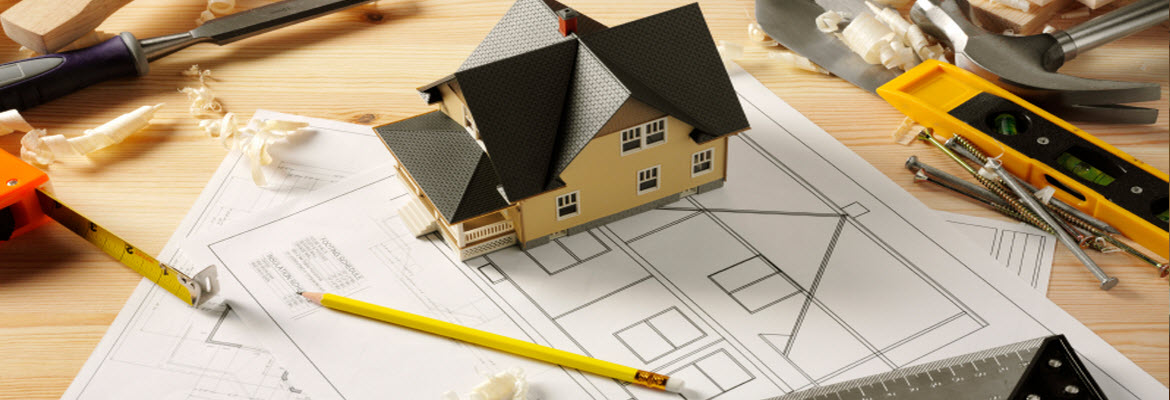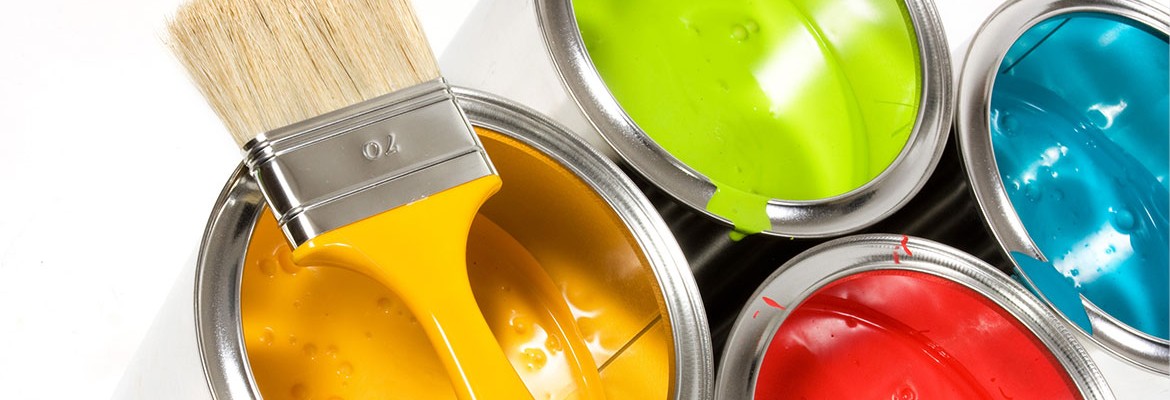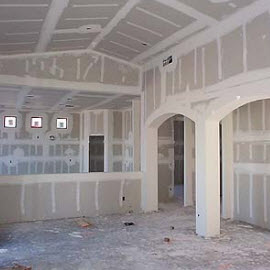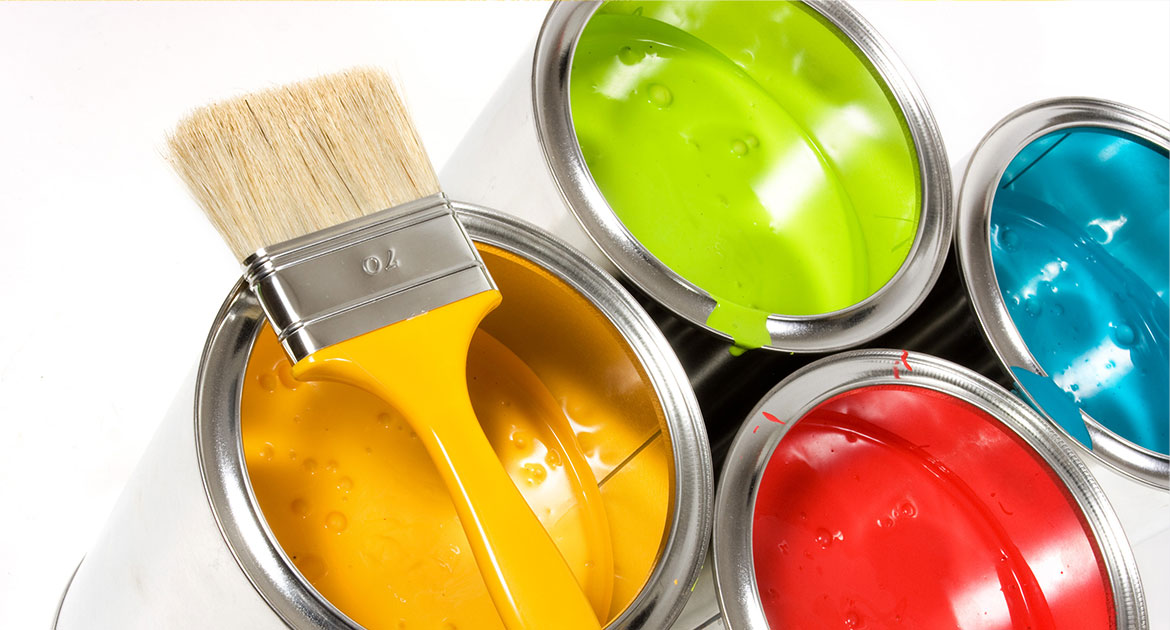There are many DIY projects you can do to improve your home. Many of these tasks are best accomplished in warmer temperatures, but some projects such as tending to the broken tile found in your shower could be easy enough to do in these cooler months.
A&E Painting & Renovations would like to offer a few tips on repairing and replacing your broken and damaged tiles
1. Remove damaged & broken tiles. You will want to take special care in accomplishing this job. Removing a broken tile could cause damage to the adjoining tiles in the process. Be very careful when removing the broken tiles.
– Removing the tiles and tile adhesive or cement under the tiles should be done together. A grout saw is a great choice, but something similar could work as well. Begin by extracting the grout surrounding the blemished tile. There is a waterproof counterpart behind the tile. Use caution so as to not disrupt that part of your shower.
– For smaller tiles, drill 1-3 holes using a masonry bit in the middle of the broken tile. Larger tiles may require more drilled holes. Again, don’t puncture the waterproof sheetrock or membrane behind the tile.
– With a hammer and chisel, break away the damaged tile.
– If there is any tile adhesive left behind, you will need to remove it with a putty knife or something similar. To adhere a new tile onto the surface, the space needs to be smooth.
2. Water damage control. Before moving on, inspect the waterproof sheeting for any damage. It is crucial no cuts, holes, or any other damage has affected it. If there has been accidents, make sure they are sealed with either a vinyl or rubber sealant to ensure water doesn’t escape behind it.
3. Tile adhesive or thinset mortar. Depending on the area in need of work, ceramic tile adhesive or thinset tile cement will be called for when setting the replacement tile in place. Larger areas are better repaired with the thinset tile cement.
– Apply your choice of adhesive thoroughly in the designated area. Make sure it is spread evenly.
4. Ceramic Tile Application. By pressing the tile firmly into place, ensure you are applying enough pressure that the tile itself is embedded in the adhesive. Ensure the tile is in place straight and even with the surrounding tile.
5. Tile Set Time Before Applying Grout. Once the adhesive is dried, and tile is secure, apply the grout to the surrounding edges. Have a bucket of water and sponge handy to wipe away the excess and give it a clean appearance. If the grout dries in unwanted places, it is very difficult to remove.
6. Caulk Around Shower Faucets & Hardware. Grout is generally not used around the edges of hardware and faucets. Seal the newly replaced tile around the edges with a waterproof caulk or sealant.
When to hire a professional tile flooring contractor
– If you don’t possess the necessary equipment for replacing tile, especially if the tile needs to be cut.
– If you don’t have enough time. There are plenty of folks out there that have a lot on their plates. Hire a pro to make sure it gets done efficiently.
– If you don’t have much experience. Where replacing tile is simple enough, it could also be difficult for someone with little to no experience. A professional tile contractor might be better suited to ensure nothing receives further damage.
– If you lack the motivation. Not everyone has the desire to do tiling. Allow a professional to do it for you.
Professional Tile Installation, Repair & Replacement, Interior & Exterior Painting, Handyman & Home Remodeling in Katy, Houston, Tomball & Stafford Texas
A&E Painting and Renovations has skilled, trained, and experienced experts equipped to handle replacing some broken tiles, or even remodeling your bathroom. Call us today to get started!


















